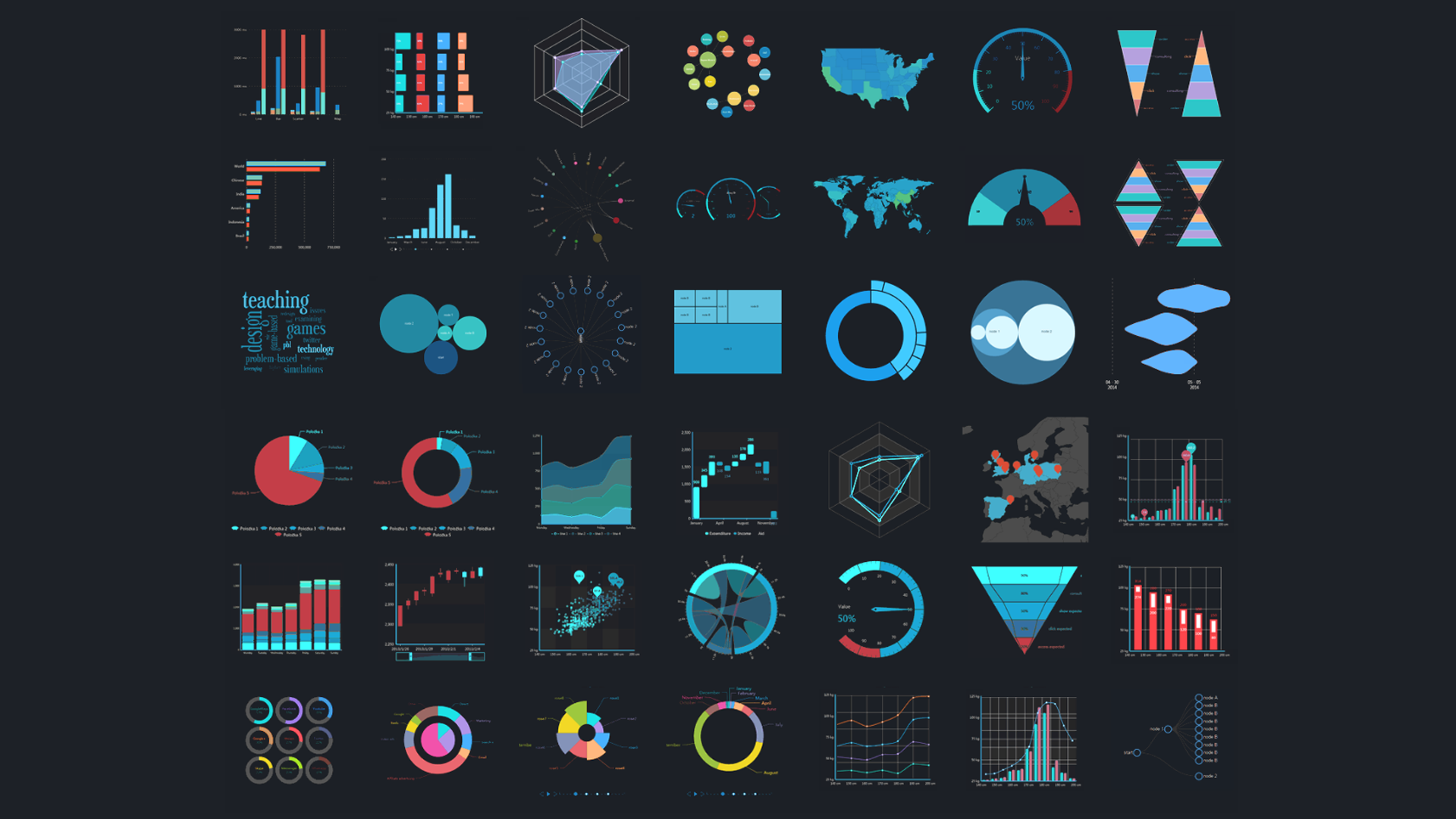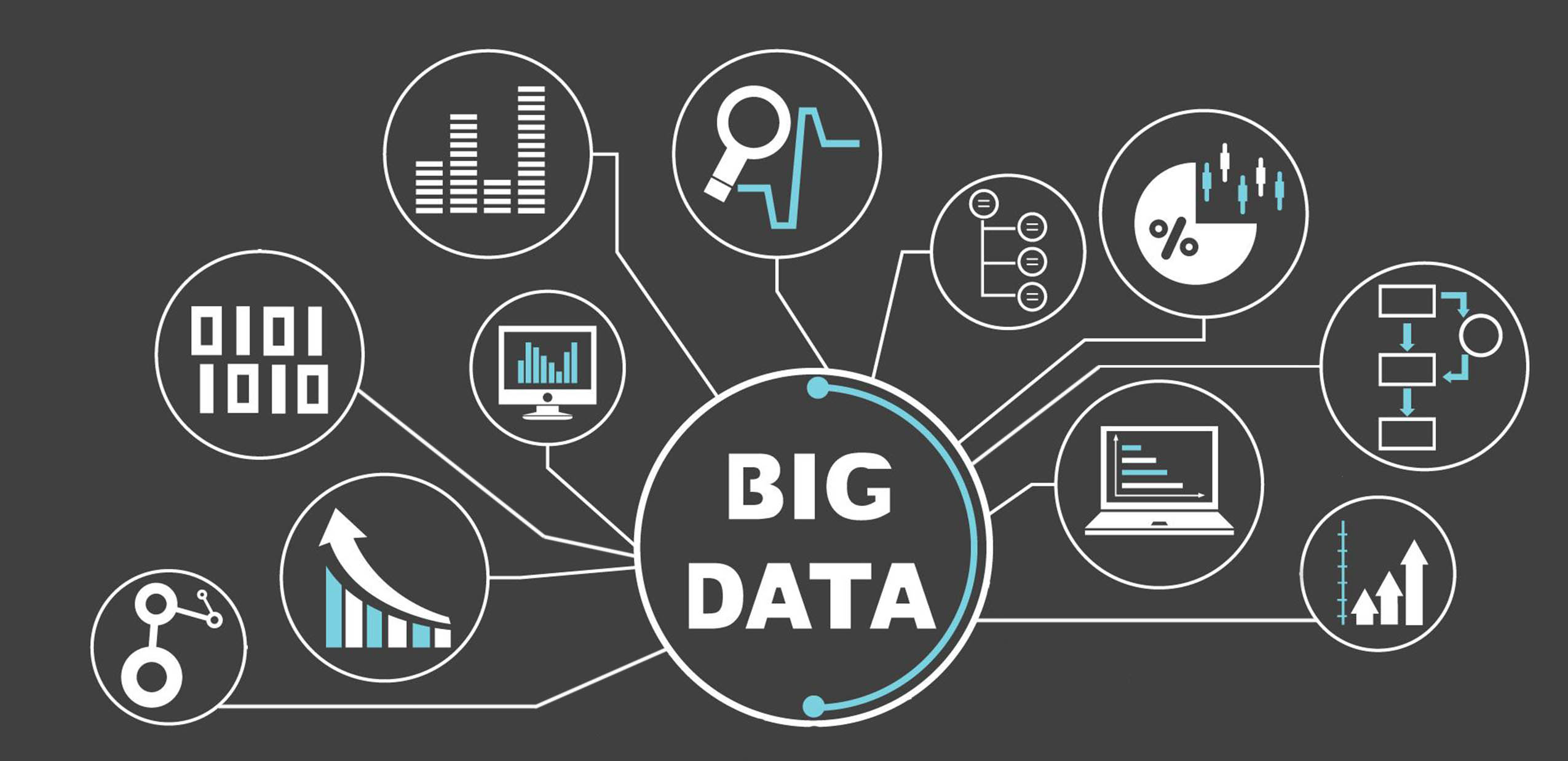Despite being around for as long as many of us care to admit to remembering, while also continuing to provide wide levels of functionality, spreadsheets still have their limitations. In the face of the ever-growing data mountains that many businesses now have to deal with, other, more flexible and powerful options of the latter do much to highlight the short fallings of the former.
Separating the chaff from the wheat
One of the most glaring shortfalls of spreadsheets is that by their very nature, they have created a need to make the distinction between coders and those who use their end products. With one party searching for and creating the means for the end so to speak, the heavy lifting is then done by the end-users across virtually every sector of business.
Coding by default
The irony of this situation is that many knowledge workers and others are creating code daily without even realizing it through their use of spreadsheets and other data input platforms. Any accomplished spreadsheets user will have some knowledge and experience of creating and using formulas such as Vlookup and others and in doing such, they are already well on the way to doing some basic coding.
Moving beyond the limitations of spreadsheets
While spreadsheets have been such a liberating innovation for many expanding businesses, they also have the potential to hold them back when it comes to handling today’s complex and exponentially expanding Data Mountains. The bottom line is that many spreadsheets powered systems end up being “cobbled together” or built upon existing systems that were never originally intended for their subsequent use.
Dealing with the resistance to change
Even up at a C-suite level, there has been something of a documented history of resistance to change were giving up spreadsheets in favor of data visualization is concerned. It could be argued that this is easy to understand when you consider how much control users have. This point is especially pertinent when considering that many such users may have created and built upon the very systems they are currently using.
Appreciating the limits of spreadsheets
Few end users are likely to argue that conventional spreadsheets are powerful in how they provide instantaneous feedback in a logical and easy to understand format. However, while the use of formulas and other tools may present a good case for continuing with the “devil that you know”, these long-standing platforms do have certain limitations that are well worth considering. These include such things as linear formatting, their data size capacity, the end quality, and their limited capability for sharing and presentation.
Linear formatting
If you get a buzz from creating and using a complex formula that looks like something taken straight off Einstein’s chalkboard, then spreadsheets are going to float your boat. However, if you just want to achieve the result and get on with doing what your business does best, something more aesthetically pleasing, easy to navigate, and pre-programmable is far more likely to cut the mustard.
Data size limitations
With limits of close to one million rows affecting a typical datasheet, even smaller sized businesses are likely to hit the wall when you consider the huge amounts of data they now handle. Apart from the sheer volume of data involved, it isn’t difficult to imagine how soon a customer or potential client database could reach the one million mark. By the time the loads placed on such spreadsheets are linked to others, the size can then make them rather unwieldy, to say the least. Ultimately, performance is bound to be affected, which means that it will also come as no surprise that users have learned to become adept at implementing several “work-a-rounds” to circumvent such issues. The fact is, however, that unless you have nothing better to do with your valuable business time than wait while such systems do the inevitable math, you are going to need something far more powerful at your disposal. OK, so several of the upper echelon spreadsheets providers do offer their users a variety of “add-on” options which they claim are designed to work with these issues, including data warehousing databases and other cloud-based functions. While these may provide a viable option, you will still be using spreadsheets in the final act and they are not likely to be a top-flight substitute for a single system data visualization tool.
Addressing the issue of quality
Shortly after the first rudimentary data systems coughed into life in offices around the world, users quickly realized that they were only as reliable as the quality of the data which was fed into them. Enter stage left human error along with many painstaking hours of work which has often been expended in reverse-engineering the data to discover where errors lay. In this respect alone, it is rather sobering to discover that a staggering 88% of spreadsheets compiled today still contain such errors!
The issues of sharing and presentation
While the beauty of compiling and understanding data is certain to be in the eyes of the beholder, presenting and sharing it with other pertinent parties is likely to be another matter entirely. The sad fact is that creating a neat and eye-catching presentation that is likely to be understood by end-users isn’t a leading quality of spreadsheets. Yes, of course, many proprietary spreadsheets do have the facility to import graphics and additional text, but they are at best clumsy and at worst, they can end up looking somewhat unprofessional. This is something that anyone fighting with cell formatting issues will be more than likely ready to attest to. Then again, if your idea of fun at work is attempting to meld differing formats into a single document, you may just feel the need to persevere with them.
Addressing the issue with Notebook style tools
Included among the available tools that many businesses have used to fill the gap are notebook-style tools that have some effect in extending the data analysis effectiveness of spreadsheets. These web-based tools can provide much more user-friendly graphics and text documents which can then be stored as local files or housed in the cloud. Through utilizing the power of remote CPU and RAM, these systems can access open-source tools across a diverse number of data types. The bottom line is that tools such as these can address many of the shortcomings which have frustrated spreadsheet users seeking to analyze their data in all four of the areas previously mentioned.
Size of data
Such systems can handle the larger data clusters using both in-memory data and the resources offered through the computing power of the cloud. By hooking up with open-source data analytics, such things as Python can work with millions of rows of data and interconnected spreadsheets.
Linear working
Because notebook-style systems work top to bottom, they are an ideal fit with spreadsheets because they offer data in a simplified and easy to use format. While spreadsheets offer the two dimensions, these evolved systems arrive at the same destination of analysis much faster while also having the ability to handle huge amounts of data.
Improved quality
The aforementioned systems also offer a function known as “unit testing” which put into its simplest terms can ensure that written code will be validated by existing code. This is particularly useful thanks to the implementation of Python which includes testing and validation tools that are used to check data samples for both inputted and inherited errors.
Looking great and sharing with others
Thanks to the use of its “Markdown” formatting capabilities, the aforementioned systems can produce code in several programmatic languages. This means that unlike stand-alone spreadsheets, these innovative tools can provide high-quality graphics which automatically present in-line. Both storage and controlled sharing can then be facilitated via most of the proprietary cloud services.
































